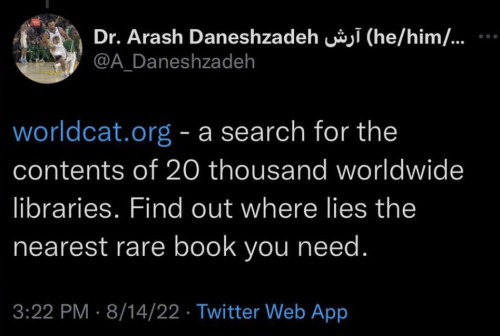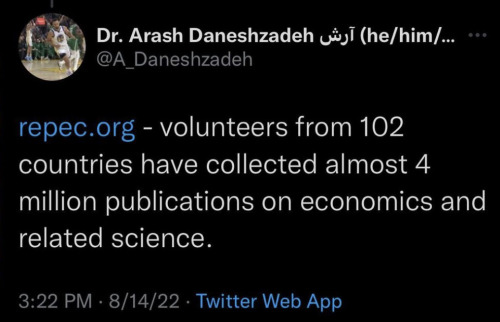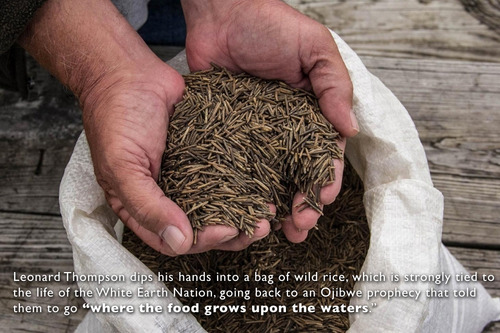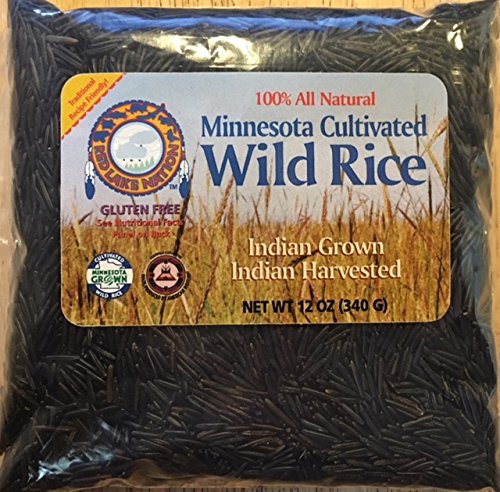How To Write A Synopsis
How to Write a Synopsis
When querying literary agents or submitting to traditional publishers, you usually need a one-to-five page summary of everything that happens in your book.
I’m gonna be honest and say that this is my least favorite part of the process and I don’t at all profess to being good at it. I hate it, but I thought I’d share my process and a few tips to hopefully make the process a little less painful for you.
1. STEP ONE: The List
Go through your book chapter by chapter and jot down the important things that happen in each.
Everything that drives the plot or character development needs to be included. Remember that your synopsis contains all the spoilers. All the plot twists and character deaths. And definitely how the book ends.
You should use your discretion re the amount of detail for each scene. You don’t have to set out what happens or what the characters say step for step. You can just say something like: A and B talk about their fears for the future and discover they have more in common than they thought.
Think: what does the reader of the synopsis need to know to understand the rest of the synopsis?
2. STEP TWO: The Synopsis
Now that you have a list of notable events, you can start typing up your synopsis.
I suggest making each chapter a paragraph.
Usually, agents and publishers want single-spaced synopses, but be sure to check their individual guidelines.
When referring to a character for the first time, it’s good to put their name in all caps. Then, from the second mention onward, only the first letter should be upper case.
No matter the tense or POV of your novel, your synopsis should be in third person and present tense.
It’s important to understand that your synopsis is also a piece of writing on which you can be judged. It’s not just a list of events. You need to write well and employ the techniques you used in writing your novel.
Vary your sentence length and structure, use strong words, use connectors and emotive language. Very importantly, allow your voice to come through.
Think of how you tell a children’s story. It’s basically relaying a simple sequence of events, but you don’t just list them monotonously.
See your synopsis as a story in and of itself to some degree.
3. STEP THREE: Edit
Just like with your book, your first draft is not your final draft.
Go through the document at least twice once you’re done to check for bad writing, typos, inconsistencies etc.
Polish that synopsis till it shines.
4. STEP FOUR: Feedback
Try to get feedback on your synopsis from someone who has read your book and someone who hasn’t.
Ask the person who has read the book whether they think you covered all the important points and whether they think it captures the book well.
Ask the person who hasn’t read the book whether they found the synopsis at least somewhat interesting and whether they could follow the plot. Let’s be honest, your synopsis isn’t going to be your most riveting piece of writing, but it at least needs to be moderately entertaining and coherent.
Edit the synopsis based on their feedback.
5. STEP FIVE: Final Proofread
Do a final check for typos and you’re good to go!
Reblog if you found this post useful. Comment with your own tips. Follow me for similar content.
More Posts from Learned-something-new-today and Others



Resin Glasses // Freckled Flamingo on Etsy

Life could be a dream
if I could take you to a paradise up above
If you will tell me I’m the only one that you love
Life could be a dream, sweetheart
Monthly Prompt Lists
January Prompts 🎉
February Prompts 🌹
March Prompts 🍀
April Prompts 🐞
May Prompts 🌺
June Prompts 🌼
July Prompts 🌴
August Prompts 🍋
September Prompts 🌻
October Prompts 🎃
November Prompts 🍂
December Prompts 🌟
If you like my blog and want to support me, you can buy me a coffee! And check out my Instagram! 🥰
Writing With No Motivation
I wrote my first draft in three months. All 110,000 words of it. I have ADHD, so concentration isn’t easy for me and during this time I was working a full time job. I wrote in evenings and on weekends, and you can bet I didn’t feel motivated to write every single day, but I did and I’m here so tell you how.
1. Have a set time to write.
I committed myself to an hour of writing daily in which I would bash out 1,000 words. Getting into a routine helped me write even when I didn’t really feel like it, I just became used to writing at this time every day. If you can’t do 1,000 words in an hour, that’s okay. Set a time goal instead of a word count goal, I find that allows me to put extra energy into concentrating as I know when it will end.
2. Remove distractions from sight.
Object permanence is a myth. Put your phone in the next room, or under your pillow when you’re at your desk, put it on absolute silent. Get noise-cancelling headphones to block out kids/siblings. If you get an impulse to do something, write it down and do it after. Turn your wifi off and only turn it back on for research purposes.
3. 20 minute sprints
On days when you really don’t feel like writing, set a 20 minute timer and a minimum word count of 200 words. Bash that out and if you’re not in the flow after 20 minutes, stop, but you might find you are, so carry on until it ends! Remember, any no. of words a day is better than 0.
4. Get a Concentration Candle
The candle is only allowed to be lit while you’re concentrating. If you get distracted, you have to blow it out and that’s kinda sad. Also if it’s scented you’ll start to associate the smell with concentrating and writing and that will help you feel ventured and focused. Idk why this works so well, but it really does, trust me.
5. Work out where the scene/chapter/act/story is going.
One of my biggest deterrents for writing is not knowing what to put on the page next. I struggle to do both pretty words and developing a good plot at the same time. So I block out the scene, I plot, I get excited about the rest of the book, I make sure this scene or chapter is important! This never fails to motivate me.
I hope this has helped! Feel free to add to this!
[if reposting to Instagram please credit @isabellestonebooks]


refseek.com

www.worldcat.org/

link.springer.com

http://bioline.org.br/

repec.org

science.gov

pdfdrive.com
actually re joking about being ‘the piracy friend’. do yourself a favour and stop relying on tumblr masterlists that are full of broken links and dodgy websites and just bookmark r/FREEMEDIAHECKYEAH’s piracy wiki (backup).
it’s the most comprehensive resource i’ve ever encountered my life and it’s also got so much extra stuff like decent free vpns/antivirus/adblock, a massive list of free software for almost every purpose you can think of, AND a list of custom search engines that mean you can search every site at once or you’re looking for something more obscure (this is how i seem to always have a link to literally anything)
there’s also this rentry, which i can vouch for less because i don’t use it so much but does have info on installing cracked versions of the more popular antivirus programs if you don’t want to pay but also don’t want to trust the free options lol
be gay do crimes



Octopus Keycaps // Break Wooden on Etsy



Donut Mugs // Bite Me Ceramics on Etsy
Did you know? You can buy wild rice direct from Native folks!
Wild rice isn’t actually rice-it’s a grass seed that grows naturally in lakes in Minnesota and Wisconsin, and it’s been an indigenous staple food for many, many centuries. Although some corporations have taken and grown “wild rice” in paddies, it is not the same thing- it is actually a hybrid seed that is not the same quality and often sold for a higher price anyways.

Not only is the wild rice a sacred food, but is a form of Indigenous science that lets you know how healthy the water is (or isn’t), because water is life and affects the health of all people, plants, and animals that live with it. This has been belatedly acknowledged by very recent research from the University of Minnesota that the health of the wild rice can predict all health of lakes and streams.
I buy my wild rice from the Red Lake Nation and the White Earth Nation.
The cool thing about buying from the White Earth Nation is that they also have videos showing the traditional processes involved in harvesting and parching the rice, and they offer stuff like gift baskets, chokecherry preserves, maple candy, soup & pancake mix, and cookbooks which make great gifts!

What I like about buying from the Red Lake Nation is there is a massive variety and quantity of different wild rice products at many different prices! They are aware that the broken grains are not as quality, but it doesn’t go to waste-you can buy the broken grains for “Soup Bits” ($3.49) which are an inexpensive way to add flavor & nutrition to soups and stews. They also offer “Quick Cook” wild rice ($5.69), which is prepared from a lighter roast/parch process that allows the grains to cook in a shorter amount of time and has a rich, traditional flavor.
You can also buy syrups and jellies made from hand harvested hawthorn, chokecherry, and highbush cranberry there.
BUT! If you’re worried about shipping costs or like me, are disabled/have limited mobility and can’t always get to the store like you might prefer,Red Lake Nation also sells their rice through Amazon, eligible for Prime shipping. This is also good for those, Native or not, who are struggling in the community and share their wishlists for help purchasing food.(Also please know this post is only meant to share information, not to make anyone feel bad or imply they’re eating “inferior” food.)
If you’re interested in finding out what other nations cultivate and sell/trade wild rice, there’s a partial list here of where you can buy hand-harvested wild rice from native people in the Great Lakes region
-
 theluanacosta1 liked this · 4 months ago
theluanacosta1 liked this · 4 months ago -
 newdawnhorizon reblogged this · 11 months ago
newdawnhorizon reblogged this · 11 months ago -
 star-of-the-sea-ta liked this · 1 year ago
star-of-the-sea-ta liked this · 1 year ago -
 superheroauthor reblogged this · 1 year ago
superheroauthor reblogged this · 1 year ago -
 inutinin liked this · 1 year ago
inutinin liked this · 1 year ago -
 heckcareoxytwit reblogged this · 2 years ago
heckcareoxytwit reblogged this · 2 years ago -
 alaniskingsdaughter liked this · 2 years ago
alaniskingsdaughter liked this · 2 years ago -
 banginwrites liked this · 2 years ago
banginwrites liked this · 2 years ago -
 cloverdust reblogged this · 2 years ago
cloverdust reblogged this · 2 years ago -
 cloverdust liked this · 2 years ago
cloverdust liked this · 2 years ago -
 simplygreenie liked this · 3 years ago
simplygreenie liked this · 3 years ago -
 blueinkblot reblogged this · 3 years ago
blueinkblot reblogged this · 3 years ago -
 m1ssjess liked this · 3 years ago
m1ssjess liked this · 3 years ago -
 messsydesk liked this · 3 years ago
messsydesk liked this · 3 years ago -
 bubleblue-chan liked this · 3 years ago
bubleblue-chan liked this · 3 years ago -
 joselintoftlund liked this · 3 years ago
joselintoftlund liked this · 3 years ago -
 readingreylo reblogged this · 3 years ago
readingreylo reblogged this · 3 years ago -
 compare-the-meerkats liked this · 3 years ago
compare-the-meerkats liked this · 3 years ago -
 genderfuckedslut liked this · 3 years ago
genderfuckedslut liked this · 3 years ago -
 nullannddvooiid reblogged this · 3 years ago
nullannddvooiid reblogged this · 3 years ago -
 nullannddvooiid liked this · 3 years ago
nullannddvooiid liked this · 3 years ago -
 yesireblogstuff reblogged this · 3 years ago
yesireblogstuff reblogged this · 3 years ago -
 learned-something-new-today reblogged this · 3 years ago
learned-something-new-today reblogged this · 3 years ago -
 master-of-fluff reblogged this · 3 years ago
master-of-fluff reblogged this · 3 years ago -
 spongewinx liked this · 3 years ago
spongewinx liked this · 3 years ago -
 tmntlittletomboy reblogged this · 3 years ago
tmntlittletomboy reblogged this · 3 years ago -
 jfictitional reblogged this · 3 years ago
jfictitional reblogged this · 3 years ago -
 skullissue liked this · 3 years ago
skullissue liked this · 3 years ago -
 jfictitional liked this · 3 years ago
jfictitional liked this · 3 years ago -
 psychic-timetraveler reblogged this · 3 years ago
psychic-timetraveler reblogged this · 3 years ago -
 the-lunatic-of-your-dreams reblogged this · 3 years ago
the-lunatic-of-your-dreams reblogged this · 3 years ago -
 emelkae reblogged this · 3 years ago
emelkae reblogged this · 3 years ago -
 frankenbirdz liked this · 3 years ago
frankenbirdz liked this · 3 years ago -
 offwhitetower reblogged this · 3 years ago
offwhitetower reblogged this · 3 years ago -
 maguayans liked this · 3 years ago
maguayans liked this · 3 years ago
299 posts
